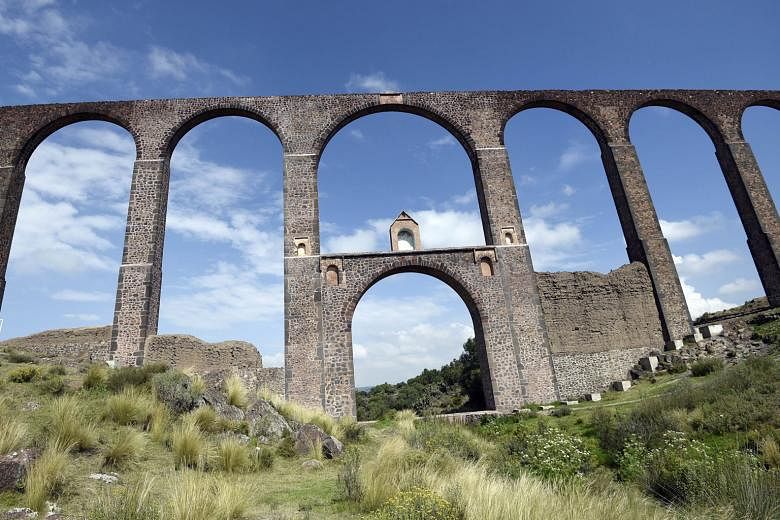This 16th-century heritage canal system in Mexico is located between two states on the Central Mexican Plateau.
It includes a water catchment area, springs, canals, distribution tanks and aqueduct bridges with successive arches.
There are three arcades along the 45km-long aqueduct: the first has 46 arches, the second has 13, and the third has 67. The site incorporates the highest single-level arcade ever built in an aqueduct.
It was initiated by the Franciscan friar, Padre Francisco de Tembleque, and built with support from the local indigenous communities.
This hydraulic system is an example of the exchange of influences between the European tradition of Roman hydraulics and traditional Mesoamerican construction techniques.


